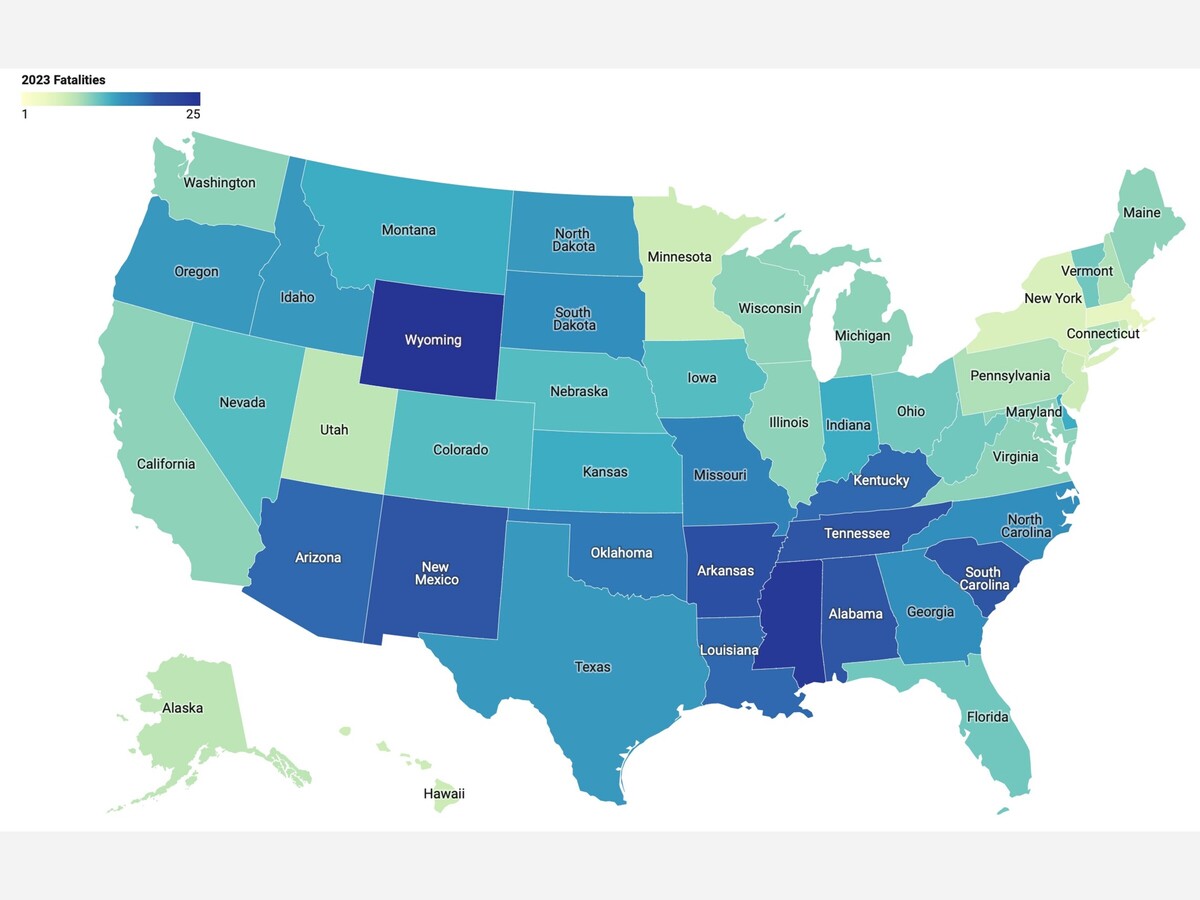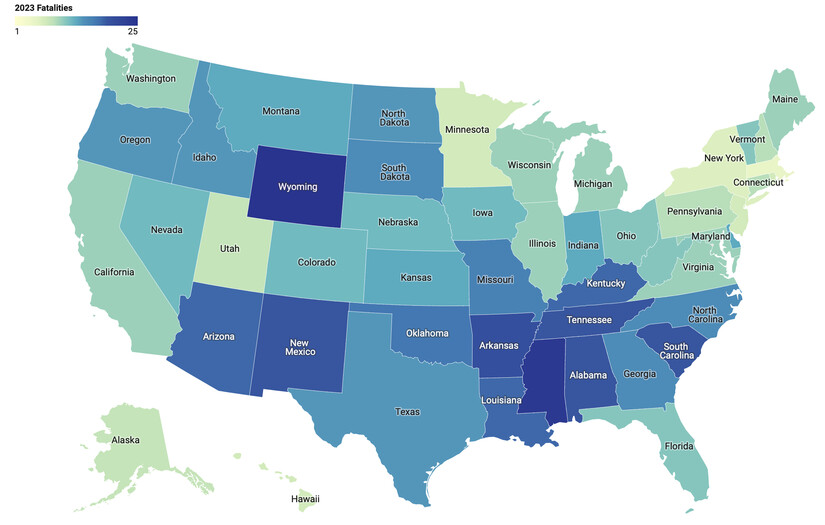Image


https://www.linkedin.com/in/sternjared/
WARREN COUNTY, OH -- In 2023, traffic fatalities in the United States decreased by 3.6%, from 42,514 the previous year to 40,990. This significant reduction reflects the success of nationwide efforts to enhance road safety and enforce traffic laws. However, the situation in Ohio tells a different story, prompting a closer look at the state's road safety challenges compared to national figures.
Despite the national downtrend, Ohio reported 1,029 traffic fatalities in the first nine months alone. This statistic underscores the ongoing challenges in the state's urban and rural areas. Given these figures, it's clear that Ohio must adopt more robust safety measures to align with national improvements.
 Click on the above photo to car accident statistics provided by Uplift Legal Funding
Click on the above photo to car accident statistics provided by Uplift Legal FundingWhen comparing Ohio's fatality rate to national averages, a concerning picture emerges. The national fatality rate per 100 million miles traveled was 1.2 in 2023, but Ohio's rate was slightly higher. This discrepancy indicates that Ohio's roads are still unsafe, signaling the need for tailored strategies to enhance road safety.
Ohio's distinct challenges in its urban and rural landscapes necessitate diverse safety strategies. Urban areas like Cleveland and Columbus experience high traffic volumes, leading to frequent accidents. In contrast, rural areas deal with higher speeds and limited access to immediate medical care following accidents.
Despite these issues, Ohio has made significant strides in road safety. Initiatives by the Ohio Department of Transportation (ODOT) to improve road infrastructure and launch safety campaigns have shown promise. ODOT's ongoing efforts to promote safe driving practices are vital in reducing traffic fatalities.
As Ohio faces these ongoing challenges, a comprehensive approach involving education, enforcement, and technology is essential. Strategic investments in infrastructure and targeted safety campaigns will be crucial in aligning Ohio’s road safety records with national reductions.
The 3.6% drop in U.S. traffic fatalities in 2023 is a positive indicator. Still, Ohio's statistics underscore the need for continued efforts to enhance road safety. By addressing specific challenges faced by both urban and rural areas, Ohio can work towards significantly reducing its traffic fatalities. State agencies, law enforcement, and community organizations are committed to making Ohio's roads safer for everyone.